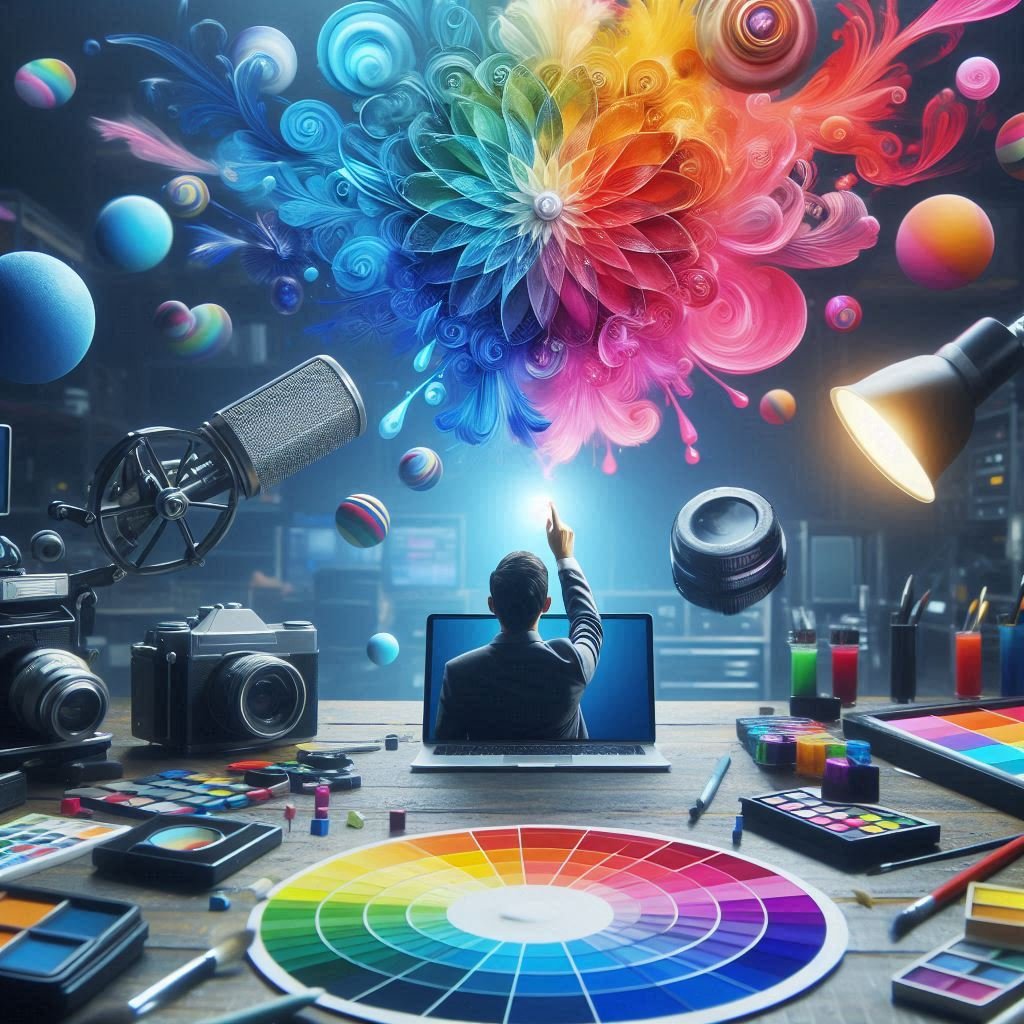As a filmmaker at a top Video Production Company in Miami, you have the power to transport your audience to another world, creating moods and emotions that linger long after the credits roll. One of the most powerful tools at your disposal is color grading – the art of manipulating the colors in your film to achieve the desired mood and look. Whether you’re working with one of the Best Video Production Services or shooting in a Production Studio in Atlanta, the right color grading can make all the difference.
The Importance of Color in Film
Color has the power to shape our perceptions of the world, influencing our emotions and memories in ways that we may not even be aware of. For example, blue tones can evoke feelings of sadness and tranquility, while red tones are often associated with excitement and danger. As filmmakers, it’s our job to use these subtle color cues to help tell our story and create the desired mood.
What is Color Grading in Video Production?
Color grading is the process of adjusting the colors in your film to create a specific look or mood. This can involve adjusting the brightness, saturation, and hue of individual shots, as well as balancing the overall color palette of the film. Whether you’re producing a film in a Video Production Atlanta company or a studio in New York, color grading is typically done during post-production using specialized software like DaVinci Resolve or Adobe Premiere.
Why is Color Grading Important in Video Production?
Color grading is a critical part of the video production process because it allows you to take control of the mood and tone of your film. Whether you want to create a dreamy, otherworldly look or a harsh, dystopian atmosphere, color grading gives you the tools to achieve your vision. It’s also an effective way to make your film look more polished and professional, as it can help to correct any inconsistencies in lighting or color that may have occurred during filming.
Tips for Effective Color Grading
If you’re new to color grading, don’t worry – with a little practice and a few tips, you’ll be able to achieve stunning results in no time. Here are a few things to keep in mind:
-
Start with a clear vision: Before you start grading, it’s important to have a clear idea of the mood and look you’re trying to achieve. This will help you to stay focused and avoid getting bogged down in endless color adjustments.
-
Know your software: Color grading software can be complex, so it’s important to take the time to learn how it works and what each tool does. Experimenting with different tools and techniques will help you to find what works best for your project.
-
Collaborate with your team: Color grading can be a collaborative process, so it’s important to work closely with your director, cinematographer, and other key players to ensure that everyone is on the same page.
The Bottom Line
Color grading may seem like a small part of the video production process, but it has a huge impact on the final result. Whether you’re a seasoned filmmaker or a beginner, taking the time to master this powerful tool will pay off in spades. So roll up your sleeves, grab your software, and get ready to unleash the power of color!
